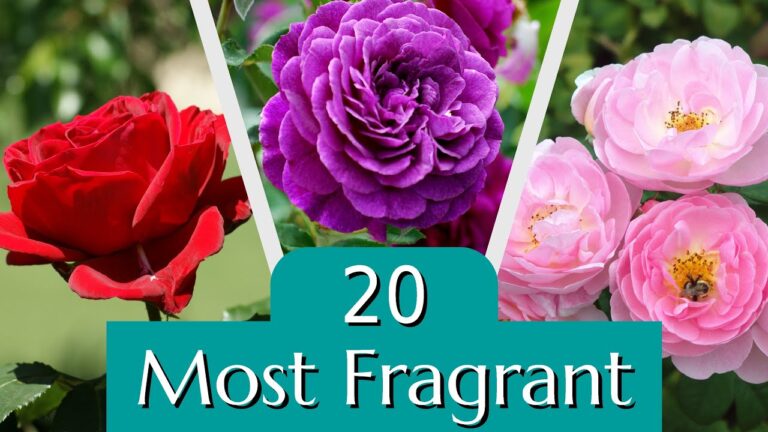I’ve always said that roses are the hardest working shrubs in the garden. From the earliest in spring, they provide ornamental interest to the garden, plus food and habitat for insects, birds and other wildlife. In the fall and winter, they demonstrate this work ethic with their ripening fruit – the rose hip.
As I write this, it’s early October in my garden. While some of the less sensible hybrid roses are still sending up soft new shoots and flower buds, the species roses have been planning for winter all season: hardening off the wood from this year’s stems, and slowly ripening hips from the clusters of flowers they wore in May and June. If you’re not familiar with the species roses here’s the short explanation: these are the native wild roses from around the world. Unlike the hybrids often seen in gardens, they usually bloom all at once for a few weeks early in the season. Some of my favorites really put on a fall and winter show with their hips.
What’s a gardener to do with all these rose hips?
If you’re like me, I just enjoy them as seasonal decor of the garden. The birds, rabbits and other small critters will snack on them as they soften. I only do minimal pruning and tidying in the rose field in the fall – small birds take refuge in the canes and brambles in large numbers. Sometimes, we’ll have a spell of hard winter weather and the snow and ice will cover the rose hips for a beautiful display.
If you’re a little more inclined to forage for yourself, you can collect the rose hips and use them for tea, syrup, jelly or even wine. They’re sweet and fragrant, with a flavor somewhat like an apple or quince – they’re also very high in vitamin C. Herbalist recommend them for heart health and arthritis – and they’re also supposed to be good for the common cold.
In my opinion, the best hips for harvest are the big, juicy hips of Rosa rugosa:
Some of the rose hips featured in the above video are definitely not for eating. The Scots rose, Rosa spinosissima and its relatives have attractive black or purple hips, but they’re rather dry and mealy inside:
One more rose I have to add a photo of is Rosa roxburghii, the chestnut rose. It’s a very large shrub (almost a tree), with finely divided leaves, and these large spiny hips that distinguish it from all other roses:








